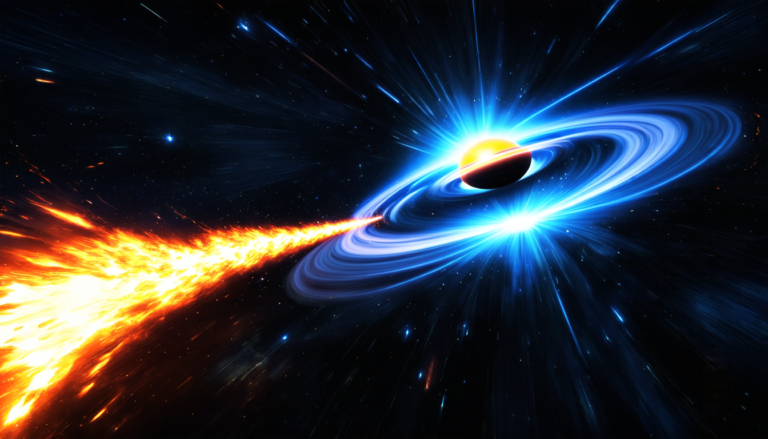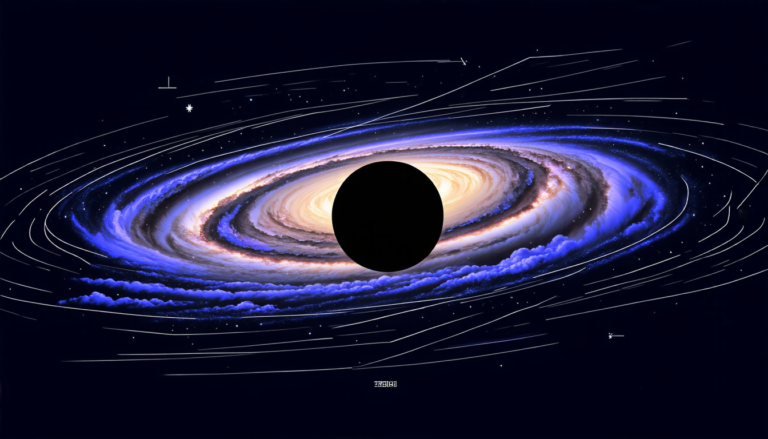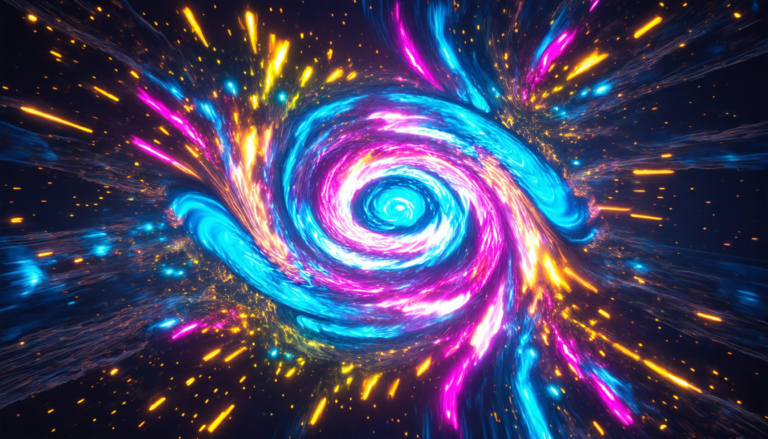Saturday 26 July 2025
A recent study has shed new light on a type of supernova that’s been puzzling astronomers for decades. Supernovae, the explosive deaths of stars, are a key area of research in astrophysics, and scientists have long been trying to understand the underlying mechanisms that drive these events.
The supernova in question is known as SN 2018pq, and it’s a type IIP, which means that its explosion was powered by the collapse of a massive star. Type IIP supernovae are thought to be triggered when a star runs out of fuel in its core, leading to a catastrophic collapse.
The researchers behind this study used a combination of observations from telescopes around the world and computer simulations to study SN 2018pq. They found that the supernova’s light curve – the way its brightness changes over time – was unlike anything seen before.
One of the key features of SN 2018pq is its slow decline in brightness, which lasted for several months after its initial explosion. This is unusual because most type IIP supernovae decline rapidly in brightness soon after they explode.
The scientists think that this slow decline may be due to the presence of a large amount of material surrounding the star when it exploded. This material, known as circumstellar matter, can absorb and scatter light, causing the supernova’s brightness to fade more slowly than expected.
Computer simulations suggest that SN 2018pq was likely the result of a massive star with an initial mass between 11 and 15 times that of the sun. The star would have gone through several stages of evolution before finally collapsing in a catastrophic explosion.
The researchers also found evidence for the presence of heavy elements, such as nickel and iron, in the supernova’s light. These elements are formed during the explosion itself, and their presence can provide clues about the star’s composition and evolution.
The study of SN 2018pq provides valuable insights into the physics of type IIP supernovae, which are important for understanding many areas of astrophysics. For example, these explosions play a key role in shaping the chemical composition of galaxies and distributing heavy elements throughout the universe.
In addition to its scientific significance, SN 2018pq is also an exciting discovery because it highlights the importance of continued observations and research into the mysteries of supernovae.
Cite this article: “Mysterious Supernova: Uncovering the Secrets of SN 2018pq”, The Science Archive, 2025.
Supernova, Type Iip, Stars, Explosion, Astrophysics, Research, Simulations, Circumstellar Matter, Nickel, Iron







